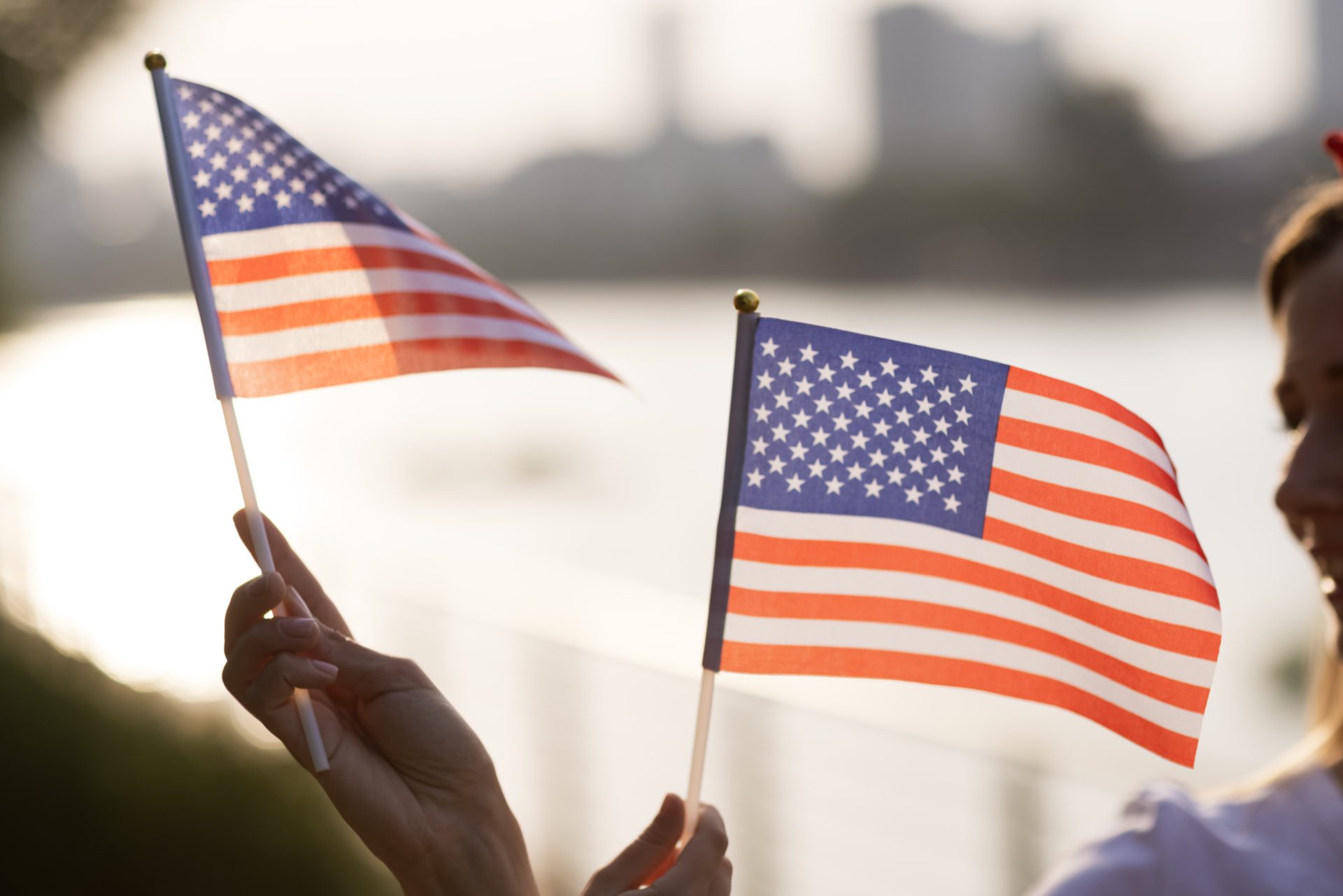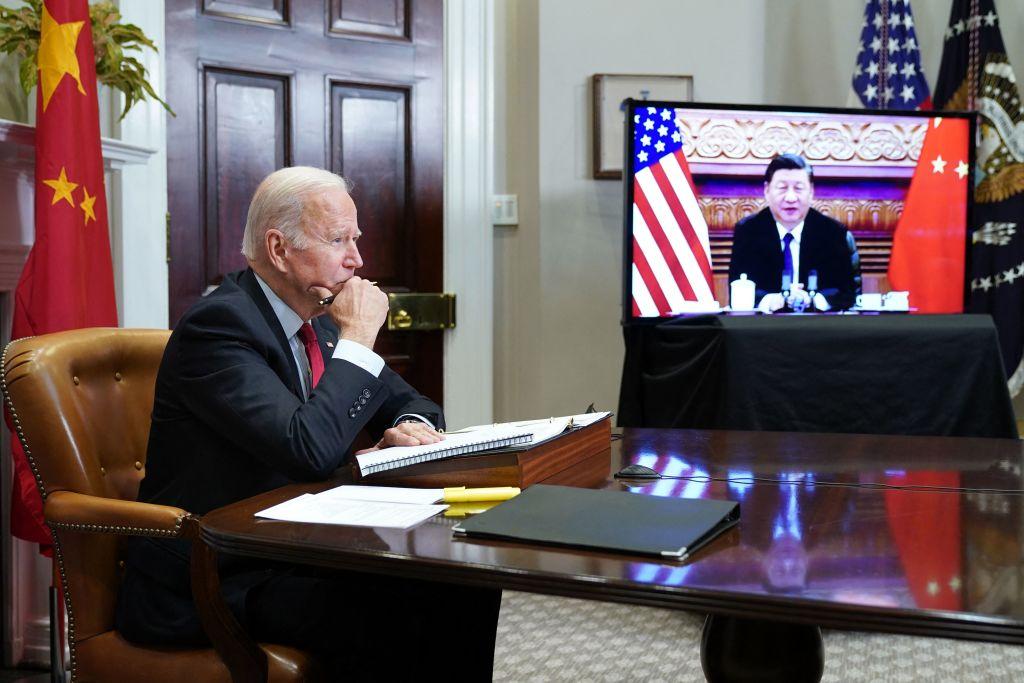The current war between the US and China is full of tension. In his book China after Mao Historian and China expert Frank DeCotter writes how Americans in the 1970s were captivated by the charm of Chinese leader Deng Xiaoping, who wore a cowboy hat at a Texas rodeo. President Jimmy Carter guaranteed that the Chinese people could freely express their opinions. While maintaining personal relationships with many Soviet dissidents, Carter remained silent on the rights of Chinese dissidents.
The conflict between the US and China at the time worked well for the Chinese. The U.S. granted China most-favored-nation status, which meant China received the same favorable terms of trade with the U.S. as all other U.S. trading partners. This paved the way for China’s membership in the WTO in 2001. Its entry into the Western trading system, as we now know it, opened China’s gateway to prosperity and power, but it did not make the country a democracy. believed China became the American miscalculation of the twentieth century.
Spicy detail: Leonid Brezhnev, General Secretary of the Communist Party of the Soviet Union, was allowed to blow the whistle on America’s most-favored-nation status at the time. Tough Brezhnev never wore a cowboy hat at a rodeo in Texas. Where would the world be today if Americans had embraced the Russians and not the Chinese?
Political profiling
This remains an academic question. The fight between the US and China is now over, but the conflict remains. With billions in subsidies to its own semiconductor industry and an export ban on sensitive technology, the US is devoting more resources to maintaining its technological lead than China. Meanwhile, Apple, the icon of American tech success, continues to manufacture its iPhones mostly in China. After all, there are insufficient alternatives to sophisticated Chinese production chains.
This explains the strange coexistence between the old friends. While they play their role as geopolitical rivals under the spotlight on the world stage, below the waterline they depend on each other. Shooting spy balloons out of the sky is good for the gallery, changing economic flows is another matter. China remains a buyer of US bonds, helping the US fill its savings deficit. On the other hand, US consumerism fuels the Chinese export engine. Competition or not, trade between the US and China is set to hit a new high in 2022.
Shooting spy balloons out of the sky is good for the gallery, changing economic flows is another matter.
Undoubtedly, the current image of the enemy serves as a political profile. Far from being seen as an adversary, US President Joe Biden may have received far fewer billions in his anti-inflation legislation for the revival of American industry. Without a major challenge, Chinese President Xi Jinping would have warmed fewer Chinese to his quest for world leadership.
Meanwhile, U.S. Commerce Secretary Gina Raimondo warns that America lacks the technologically trained people to make an industrial revival a reality. And China will become the world leader, but with an aging population, thanks to a declining population. Geopolitical rivals are not as strong as they appear. Perhaps this is good news for the world.

“Passionate analyst. Thinker. Devoted twitter evangelist. Wannabe music specialist.”







More Stories
Cooperation between the US and China ensures more stable corporate finance – FM.nl
New US peace proposal for Gaza war ‘may be too smart for either side to say no’
Bitcoin weathers bankruptcy storm in US